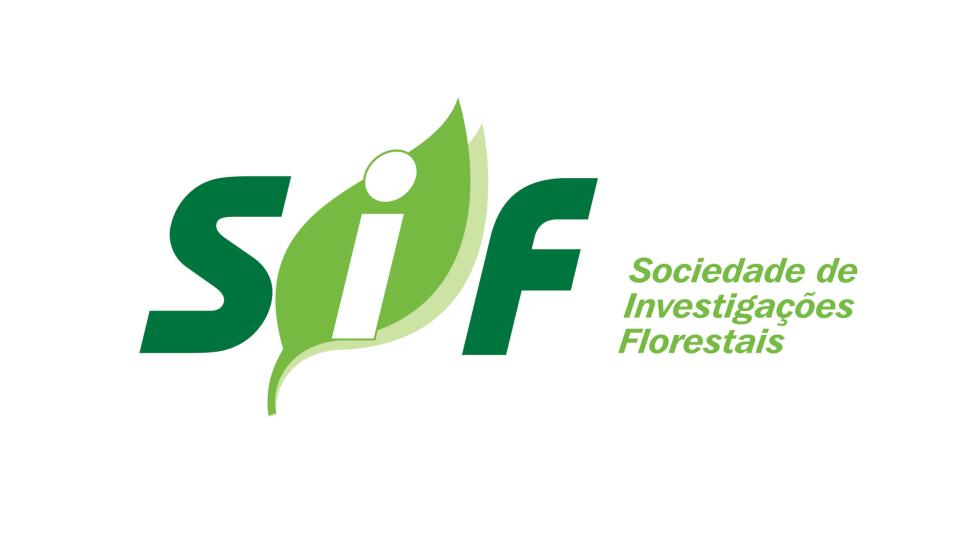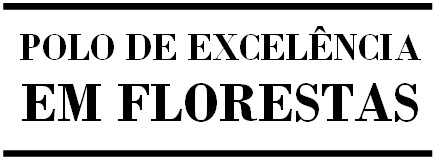Biblioteca Florestal
Digital
Digital
Estratificação em alturas para floresta natural heterogênea: uma proposta metodológica

- Página inicial
- →
- Biblioteca Florestal Digital
- →
- Periódicos
- →
- Cerne
- →
- Cerne - v.01, n.1, 1994
- →
- Ver item
JavaScript is disabled for your browser. Some features of this site may not work without it.
| dc.contributor.author | Calegario, Natalino | |
| dc.contributor.author | Scolforo, José Roberto Soares | |
| dc.contributor.author | Souza, Agostinho Lopes de | |
| dc.date.accessioned | 2016-07-21T19:45:12Z | |
| dc.date.available | 2016-07-21T19:45:12Z | |
| dc.date.issued | 1994 | |
| dc.identifier.citation | CALEGARIO, N.; SCOLFORO, J. R. S.; SOUZA, A. L. Estratificação em alturas para floresta natural heterogênea: uma proposta metodológica. Cerne, Lavras, v. 1, n. 1, p. 58-63. 1994. | pt_BR |
| dc.identifier.issn | 2317-6342 | |
| dc.identifier.uri | http://www.bibliotecaflorestal.ufv.br:80/handle/123456789/18315 | |
| dc.description.abstract | O presente estudo foi realizado tomando como fonte de dados a regeneração de espécies arbóreas nativas associadas a Eucalyptus, em povoamento situado no município de Belo Oriente, MG. Os principais objetivos foram definir um método para a subdivisão da estrutura vertical do povoamento em estratos de alturas e realizar um estudo das espécies presentes. Verificou-se que o povoamento em estudo possui três estratos de altura: o primeiro compreende intervalo de 0 a 7 metros; o segundo de 7 a 22 metros; e o terceiro acima de 22 metros. A maioria das espécies nativas se concentrou no estrato inferior, sendo que as que mais se destacaram com relação à posição sociológica foram: Cupania zanthoxyloides, Pogonophora schomburgkiana, Connarus regnellii, Apuleie ieiocarpa, Pouteria sp.. Siparuna guianensis e Eryrhroxylum sp. As duas espécies exóticas. ou seia. Eucalyptus paniculata e E. grandis. se mostraram concentradas no estrato médio. Dos quatro individuos presentes no estrato superior, três eram representantes das duas espécies exóticas, demonstrando, com isso, a juvenilidade do povoamento nativo. | pt_BR |
| dc.description.abstract | The present study was carried out with data from the regeneration of native species associated with Eucalyptus, in a stand situated in the district of Belo Oriente, MG. The main objectives were to develop a method for dividing the vertical structure of the stand in height strata and to carry out a study of the species present. Three height strata were observed in the stand: the first between 0 to 7 m; the second between 7 to 22 m; and the third above of 22 m. Most native species were found in the first stratum. The most important were: Cupenie zanrhoxyloides, Pogonophora schomburgkiana. Connarus regnellíi. Apuleia Ieiocarpa, Pouteria sp.. Siparuna guianensis and Erythroxylum sp. The exotic species Eucalyptus paniculata and E. grandis were present in the second stratum. From four trees present in the third stratum. three were of exotic species, showing that the stand is very young. | pt_BR |
| dc.format | 6 páginas | pt_BR |
| dc.language.iso | pt_BR | pt_BR |
| dc.publisher | Universidade Federal de Lavras | pt_BR |
| dc.relation.ispartofseries | Cerne:v.01,n.1; | |
| dc.subject.classification | Ciências Florestais::Manejo florestal::Dendrometria e mensuração florestal | pt_BR |
| dc.title | Estratificação em alturas para floresta natural heterogênea: uma proposta metodológica | pt_BR |
| dc.title | Stratification in height for heterogeneous natural forests: a metodological proposal | pt_BR |
| dc.type | Artigo | pt_BR |
Arquivos deste item
| Arquivos | Tamanho | Formato | Visualização | |
|---|---|---|---|---|
| Cerne_v1_n1_p58-63_1994.pdf | 640.3Kb |

|
Visualizar/ |
|





